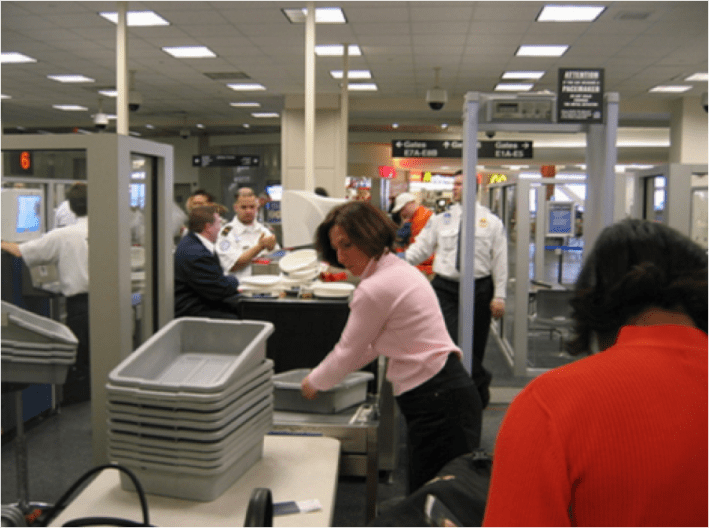
Rail travel has many advantages over flying, like the view out the window, or arriving at a downtown location. Perhaps most importantly: You don’t have to get to the train station an hour early to go through security checkpoints like you do in airports. But last month’s attack on a Paris-bound train has amplified calls to beef up rail security.
Senators Richard Blumenthal (D-CT) and Cory Booker (D-NJ) are urging the Transportation Security Administration to take steps to strengthen security in accordance with a still-unimplemented law from 2007. “While aviation security is a vital focus of the TSA, your agency also has a critical role to play in protecting rail and transit passengers,” the senators admonish. That’s right: They’re not just talking about inter-city rail but urban transit, too.
Blumenthal and Booker are asking the TSA to approve security plans for all railroads that are considered vulnerable targets for a terrorist attack; to train rail and transit employees on handling potential security threats; and provide a framework for conducting name-based security background checks -- and immigration status checks -- on all frontline employees at public transportation agencies and railroads.
Advocates worry that the security plans will apply post-9/11 air travel measures to rail. "Transit rail carried 6.12 billion trips in 2014 and Amtrak carried more than 31 million passengers, and policymakers must not allow the threat of terrorism bring the U.S. rail system grinding to a halt," said a statement from the National Association of Railroad Passengers. "If Americans must take off their shoes every time they ride a subway, the U.S. will be weaker for it.”
It goes on:
NARP is calling upon the TSA to recognize the unique characteristics of rail, and recognize that what works for airports will not work for train stations. There are more than 500 Amtrak stations in the U.S., along with thousands of transit stops. Many of these stations are located within the center of downtown areas, serving as centers of commerce and community gathering points. It is simply not feasible to completely seal off access and screen every passenger.
NARP spokesperson Benét Wilson says even the training recommendation could end up slowing passengers down. "There would be a learning curve, similar to what happened at airports in the aftermath of 9/11 as TSA got operations up and running,” she said in an email. “That led to long security lines and delays for passengers in a system that isn't nearly as large as passenger rail, which includes Amtrak, commuter trains and subways.”
NARP is also concerned about unfunded mandates. Requiring agencies to build up a significant security apparatus while federal appropriations for rail and transit stagnate (at best) would divert resources that could be spent on better service.





